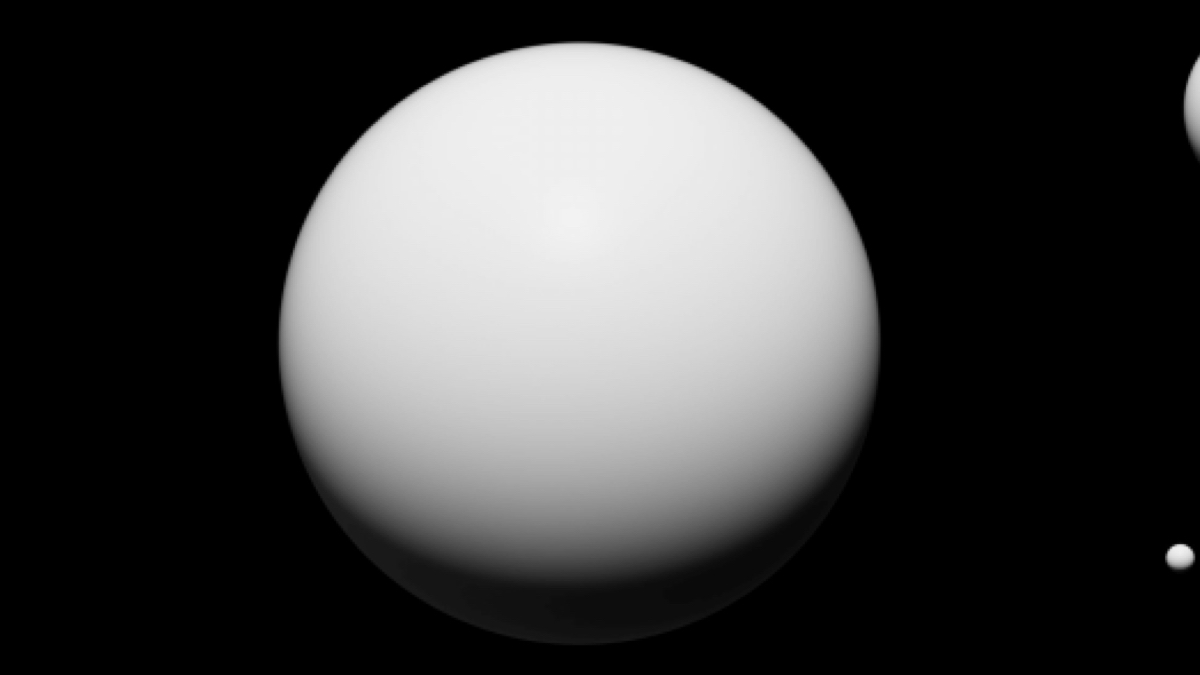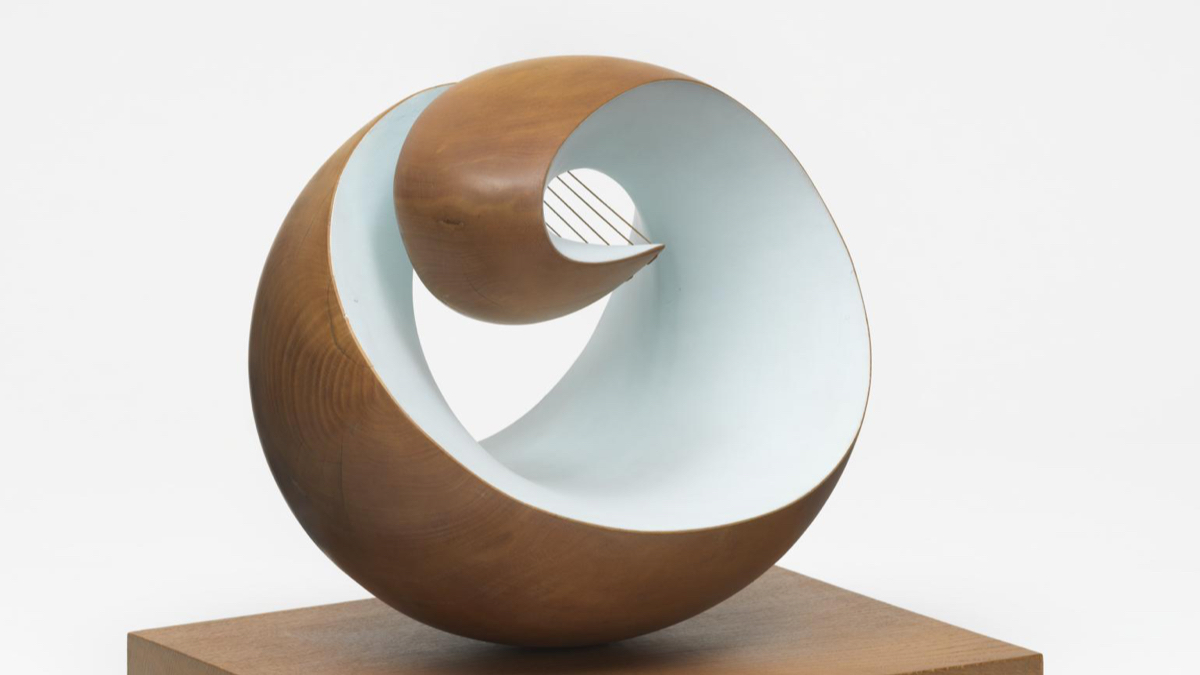
Presentation
Mark Rothko was born in Russia, in 1903. In disagreement with the nation's hostility towards the Jewish community, Rothko and his family moved to Portland, Oregon, in the United States in 1910. The artist had a rather bitter memory of his childhood and started working at an early age.
When Rothko left high school, he was passionate about music. He joined Yale, but was disappointed with the elitist, conservative environment, and left. He settled in New York, did odd jobs, and began drawing at the Art Student League in New York. He produced portraits, nudes, and urban scenes. His first exhibition took place at the Opportunity Gallery with Lou Harris and Milton Avery. This was a great opportunity for someone who was introduced to painting later in the game!
In the 1930s, the Great Depression raged in the United States. Rothko attended meetings of leftist artists and met other Russian and Jewish artists such as Adolph Gottlieb, Joseph Solman, and John Graham. Together, they formed "The Ten", a group exhibition protesting an exhibition at the Whitney.
From 1930, he took an interest in expressionism and represented closed scenes in bright colors. Ten years later, he added surrealist accents and chose more abstract images. There are human and animal shapes reminiscent of the symbols of ancient myths. He paints humanity struggling against its free will.
In 1939, Rothko distinguished the limits of American inspirations. He stopped painting and began to read mythology and philosophy. He wished to broaden his possibilities by drawing from mythological references and the works of Freud. For Rothko, mythology included a social dimension that was forgotten for the benefit of the individual upon its disappearance. It is particularly inspired by Nietzsche's “The Birth of Tragedy".
Rothko was more interested in articulating inner expression than representation itself. He discovers that a composition's form and color have a great impact on the human psyche. Therefore, he went from figuration to abstraction. Most importantly, the presence of expression and emotion remain central in his work. His career took off in the 1950s, but he refused to comply with the rules of the art world. Rothko painted enormous canvases in which large planes of color come together. Art critic, Clément Greenberg, later named this “color-field paintings." It is these iconic works that gave Rothko his place in art history.
He received many orders during the 1960s, but an aortic aneurysm interrupted his creativity. He committed suicide in 1970.

No artworks by Mark Rothko are currently available. To receive the latest information about their new pieces for sale, you can follow the artist or contact our Customer Service directly through the provided link.
Posts about Mark Rothko


Top 10 Famous Art Pieces Sold in 2021

Diptych and Triptych Works That Have Influenced Art

5 artists who consider black to be a color

The most expensive artworks in the world in 2019

25 Contemporary Artworks you need to see

5 Contemporary Artworks in London You Must See!

The modern art movements you should know

Exhibitions to see this month!

How can Abstract Expressionism be defined?
Discover our selections of works by artists
What is Mark Rothko’s artistic movement?
When was Mark Rothko born?
